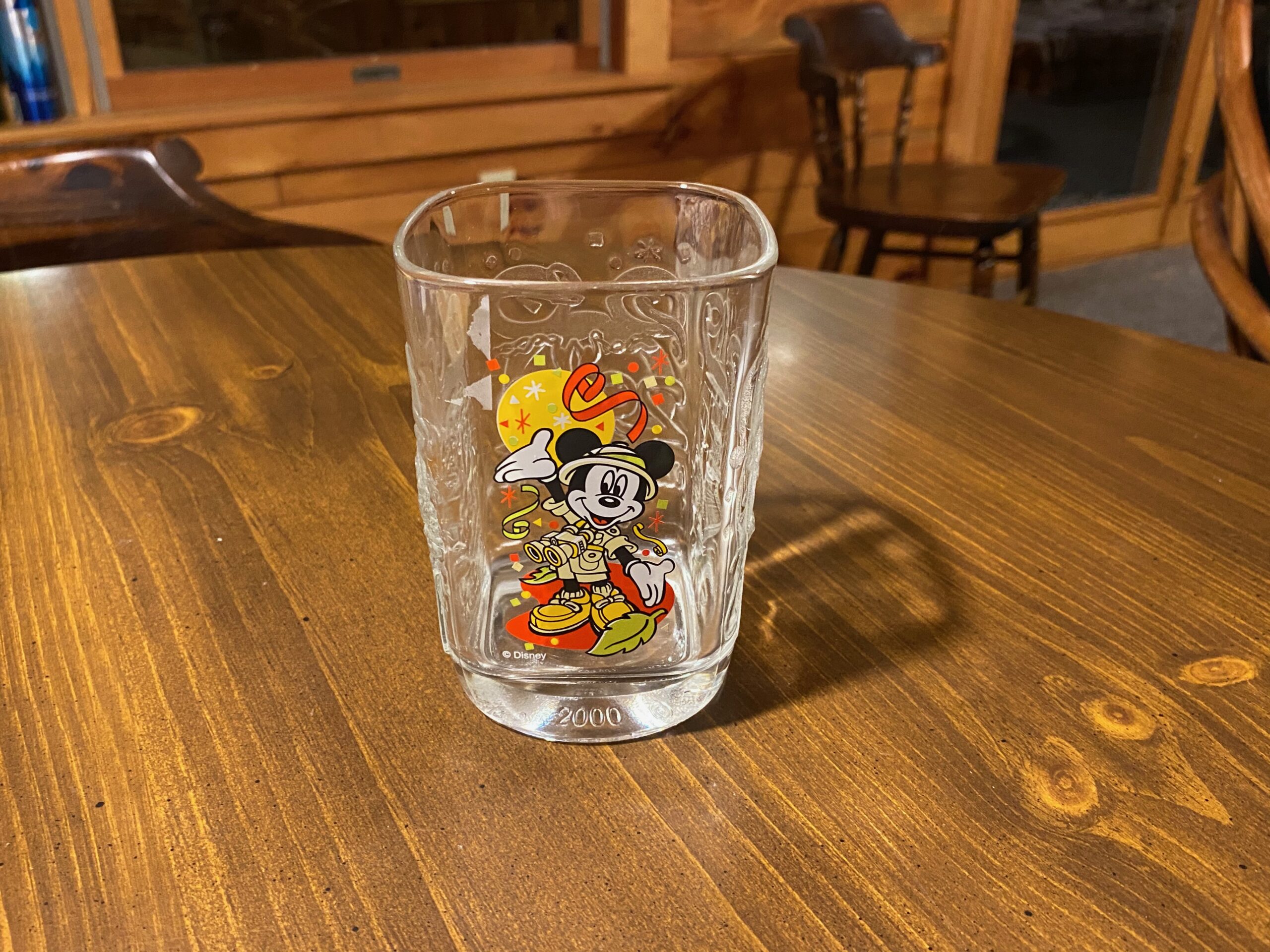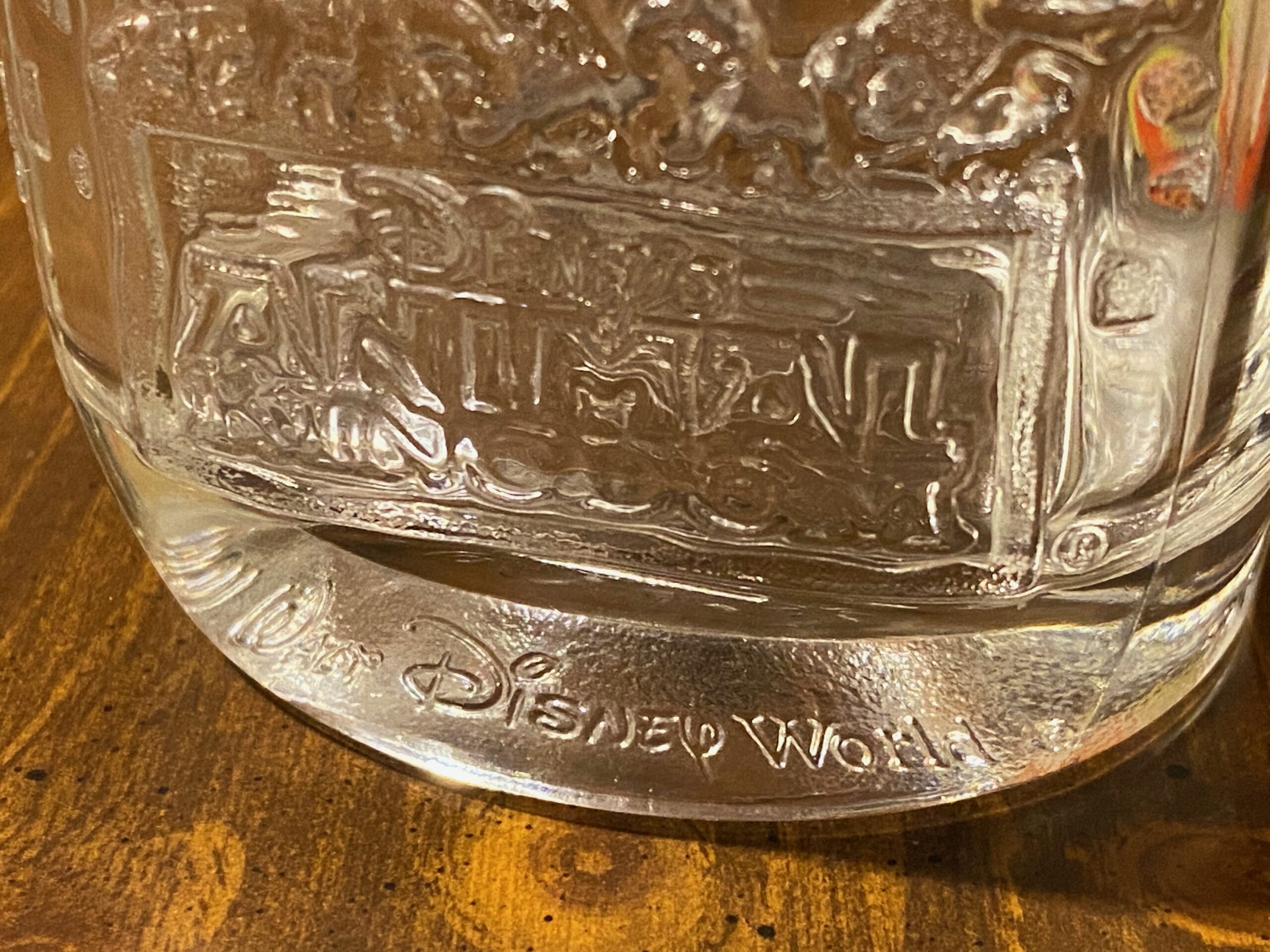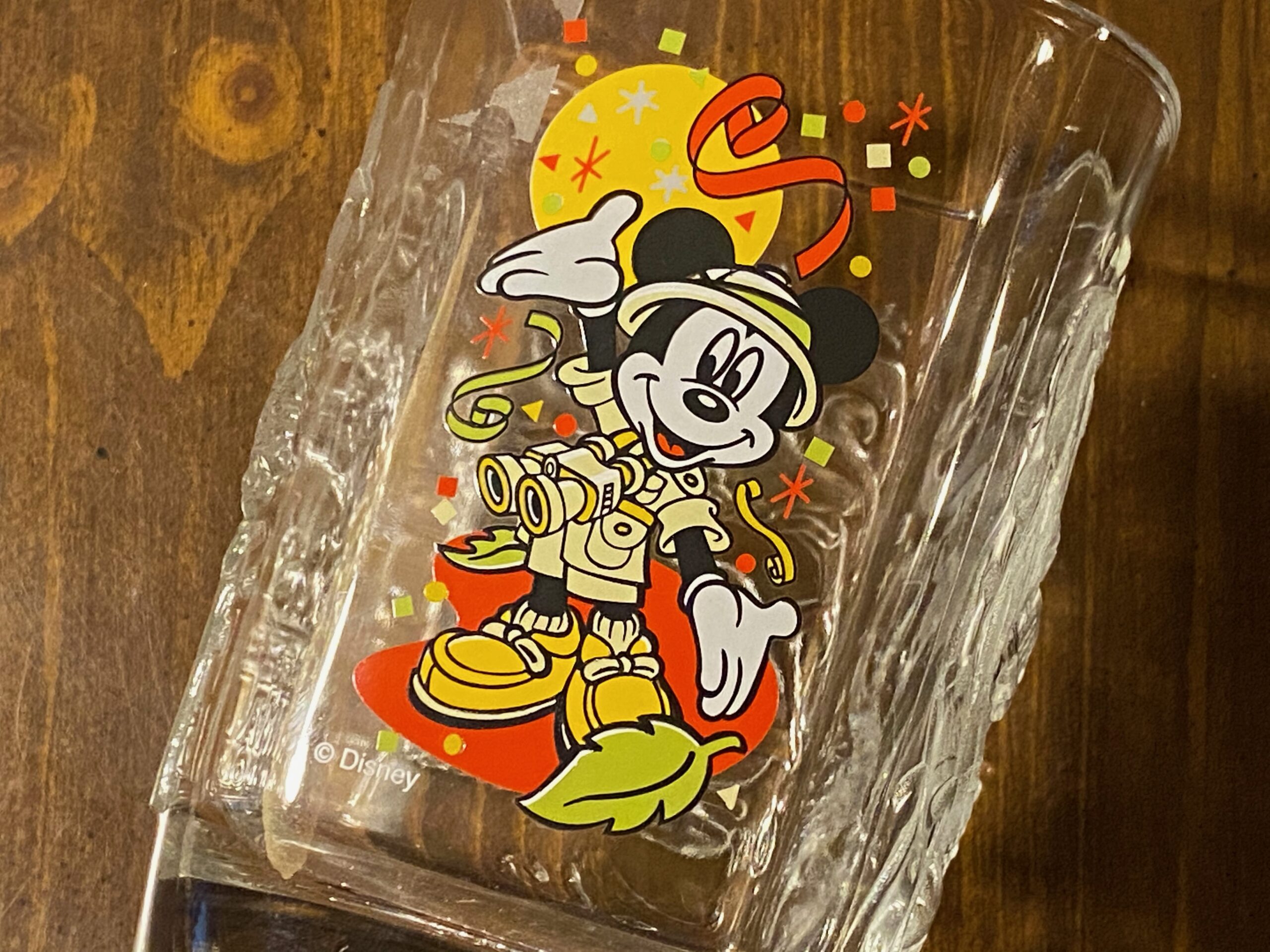Vintage (Y2K) Walt Disney World Mickey Mouse Animal Kingdom pressed glass drinking cup: 949 ppm Cadmium (causes cancer)
Published: October 12, 2020
Updated: April 13, 2022
Cadmium is considered unsafe for children at levels of 40 ppm and up.
Internationally, there are a variety of limits for Cadmium content in items intended for use by children (with the range depending both on product type and location of the legislation), however, there is not one single federal limit for total (XRF-detectable) Cadmium content in consumer goods in the United States. In Washington state, consumer goods that test positive for Cadmium at levels of 40 ppm and higher may be considered unsafe for children. In Denmark, the national limit for Cadmium content in consumer goods has been set at 75 parts per million. Cadmium is a known carcinogen, which means it is known/ well-studied/ documented and shown to cause cancer in humans.
But is this REALLY a problem?
If you have people in your life who don’t think this is a problem, and who might insist on continuing to use a product like this, I encourage you to read and share the following links:
- This is a link to a 2017 study conducted in England that discusses the concern for Lead and Cadmium-containing painted decorative elements — specifically on the outside of glassware items intended for beverage consumption (like the glass pictured above).
- This article approaches the concern about Lead (and Cadmium) in functional food-use dishware from a broader perspective.
- This article discusses how much Lead it takes to poison a human.
- This article discusses how much Cadmium it takes to poison a human.
- This article addresses the “I used this product and look, I turned out FINE,” argument.
Full XRF Test Results for the Glass Pictured
Reading #1) on the painted Mickey Mouse:
60-second reading
- Cadmium (Cd): 949 +/- 34 ppm
- Chromium (Cr): 3,638 +/- 263 ppm
- Selenium (Se): 882 +/- 36 ppm
- Zirconium (Zr): 6,348 +/- 153 ppm
- Platinum (Pt): 183 +/- 44 ppm
- Zinc (Zn): 467 +/- 41 ppm
- Copper (Cu): 3,071 +/- 118 ppm
- Iron (Fe): 329 +/- 127 ppm
- Titanium (Ti): 9,264 +/- 575 ppm
Reading #2) on the clear glass elements of the glass:
60-second reading — no metals detected
- Lead (Pb): non-detect
- Cadmium (Cd): non-detect
- Mercury (Hg): non-detect
- Barium (Ba): non-detect
- Chromium (Cr): non-detect
- Antimony (Sb): non-detect
- Selenium (Se): non-detect
As always, thank you for reading and for sharing this work. Please let me know if you have any questions and I will do my best to answer them in person — as soon as I have moment (which may not be right away as I have my Lead-poisoned kiddos underfoot most of the time)!
Tamara Rubin
#LeadSafeMama
Owner — Lead Safe Mama, LLC
For those new to this website:
Tamara Rubin is a multiple-federal-award-winning independent advocate for childhood Lead poisoning prevention and consumer goods safety, and a documentary filmmaker. She is also a mother of Lead-poisoned children (two of her sons were acutely Lead-poisoned in 2005). Since 2009, Tamara has been using XRF technology (a scientific method used by the U.S. Consumer Product Safety Commission) to test consumer goods for toxicants (specifically heavy metals — including Lead, Cadmium, Mercury, Antimony, and Arsenic). All test results reported on this website are science-based, accurate, and replicable. Items are tested multiple times to confirm the results for each component. Tamara’s work was featured in Consumer Reports Magazine in February of 2023 (the March 2023 print edition).
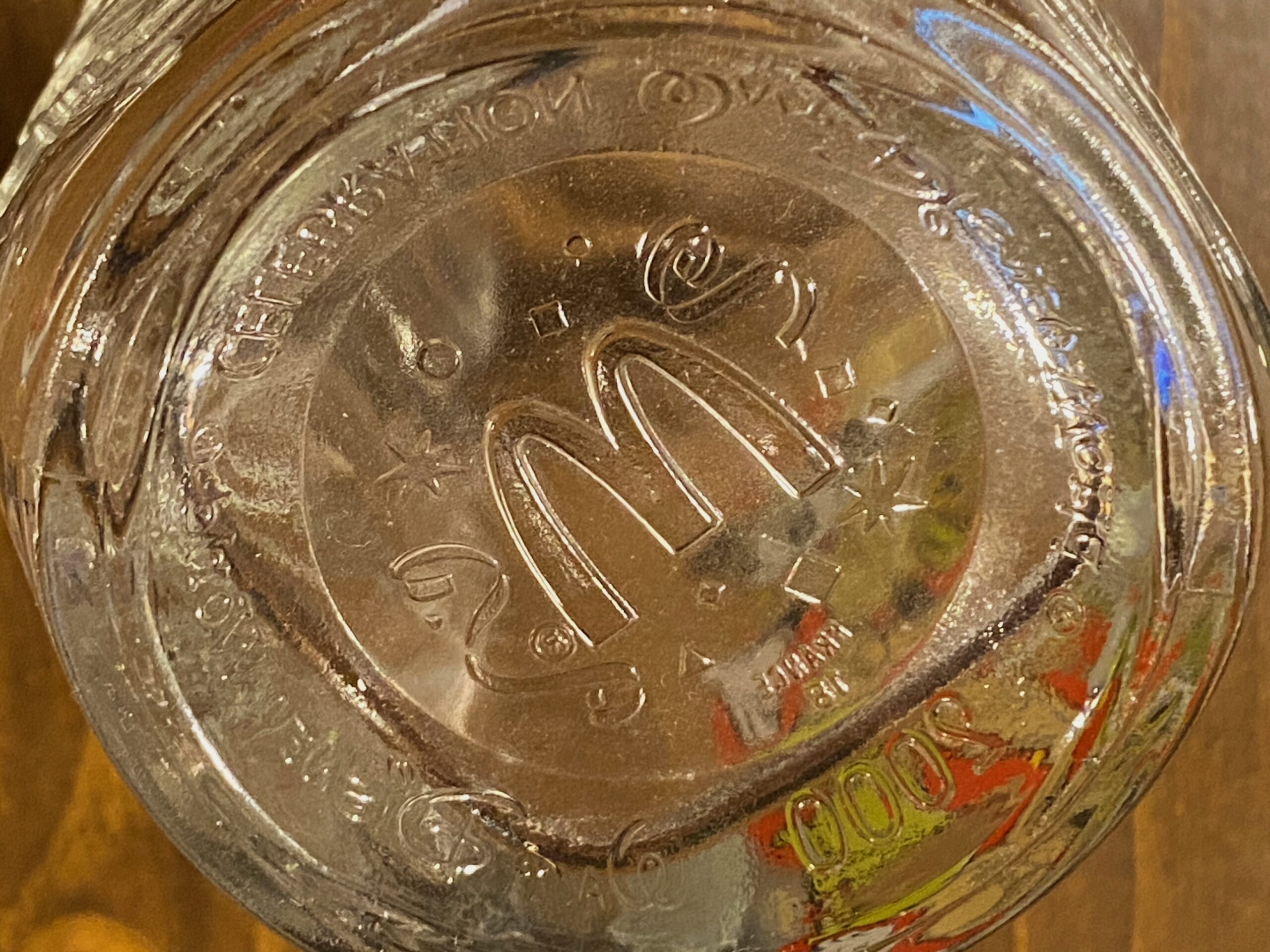
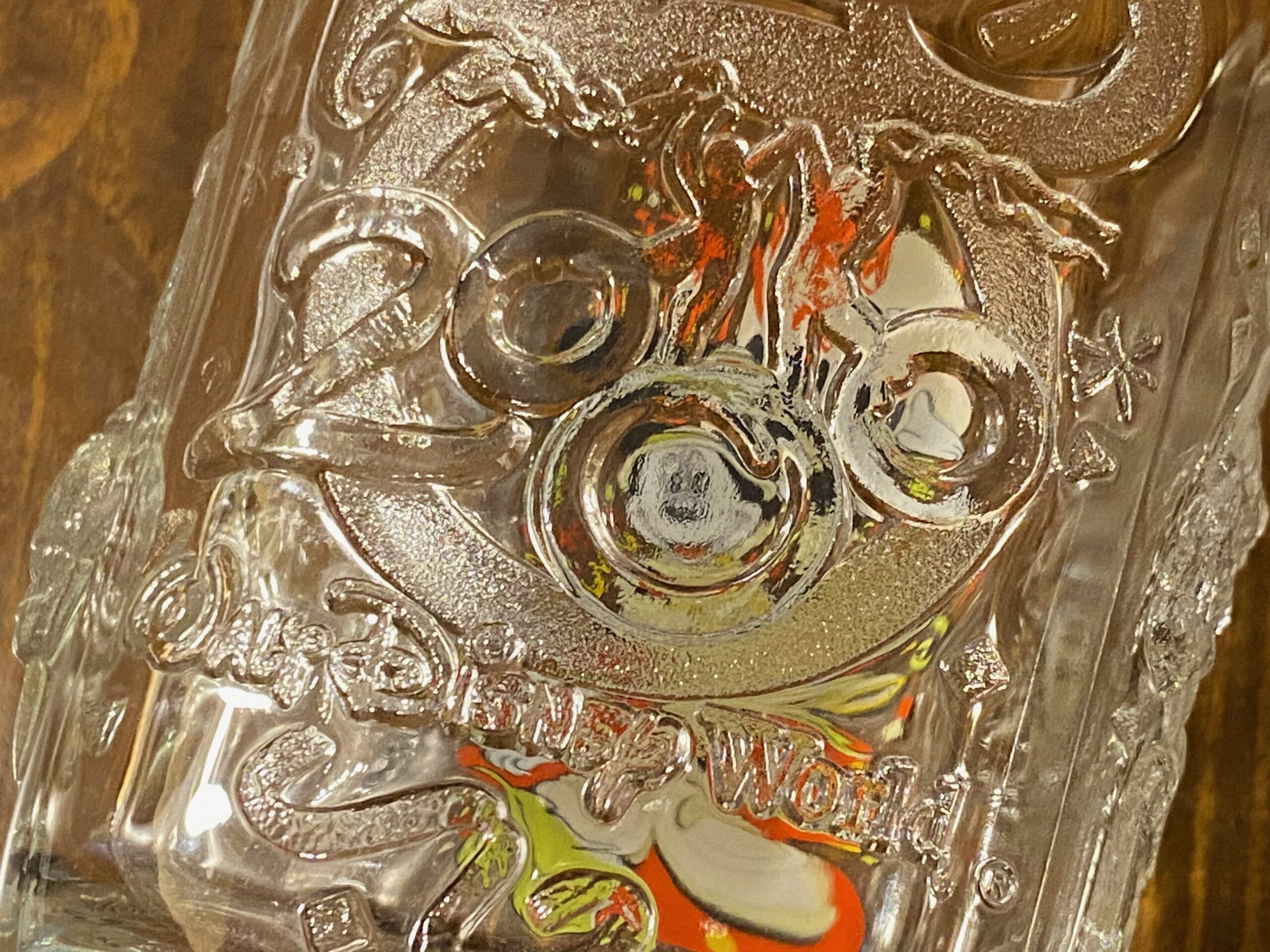
Never Miss an Important Article Again!
Join our Email List









